
Trerice is an historic manor in the parish of Newlyn East, near Newquay, Cornwall, United Kingdom. The surviving Tudor manor house known as Trerice House is located at Kestle Mill, three miles east of Newquay. The house with its surrounding garden has been owned by the National Trust since 1953 and is open to the public. The house is a Grade I listed building. The two stone lions on the front lawn are separately listed, Grade II. The garden features an orchard with old varieties of fruit trees.

John Arundell of Trerice (1613–1644) was a landowner from Cornwall who sat in the House of Commons from 1640 to 1644. He supported the Royalist cause during the First English Civil War and was killed during the Siege of Plymouth in November 1644.

Sir John Arundell (1495–1561), of Trerice, Cornwall, nicknamed "Tilbury Jack", was a commander of the Royal Navy during the reigns of Kings Henry VIII and Edward VI and served twice as Sheriff of Cornwall.
John Arundell or John Arundel may refer to:

John Arundell, of Trerice in Cornwall, was a Member of Parliament for Mitchell, Cornwall, in 1555 and 1558, and was High Sheriff of Cornwall in 1573–1574.

Richard Arundell, 1st Baron Arundell of Trerice of Trerice in Cornwall, was an English politician who sat in the House of Commons at various times between 1640 and 1664 when he was raised to the peerage. He fought in the Royalist army during the First English Civil War.

William Coryton (1580–1651) of West Newton Ferrers, St Mellion, Cornwall, was a Cornish gentleman who served as MP for Cornwall in 1624, 1626 and 1628, for Liskeard in 1625, for Grampound in 1640 and for Launceston 1640–41. He was expelled from Parliament for falsifying returns.

Charles Trevanion, c. 1594 to c. 1660, was an English landowner and politician, who was MP for Cornwall in 1625 and Sheriff from 1633 to 1634. He supported the Royalist cause during the First English Civil War, during which his eldest son John Trevanion was killed.
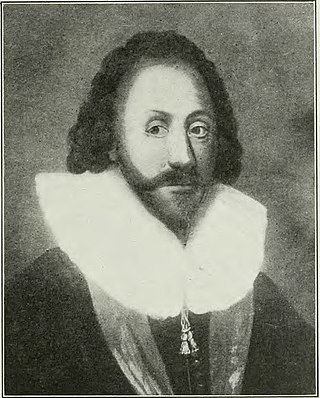
Sir Thomas Wise, KB, of Sydenham in the parish of Marystow and of Mount Wise in the parish of Stoke Damerel in Devon, was Sheriff of Devon in 1612 and in 1621 served as a member of parliament for Bere Alston in Devon.

John Arundell, 2nd Baron Arundell of Trerice of Trerice, Cornwall, was an English politician who sat in the House of Commons at various times between 1666 and 1687 when he inherited his peerage.

John Harris of Hayne in the parish of Stowford in Devon and of St. Michael's Mount in Cornwall, was a Member of Parliament.
Thomas Arundell was an English politician who sat in the House of Commons from 1640 to 1648.
The Governor of Pendennis Castle was a military officer who commanded the fortifications at Pendennis Castle, part of the defences of the River Fal and Carrick Roads, on the south coast of Cornwall near Falmouth. Originally fortified under Henry VIII, defences in the area were intermittently maintained until after the Second World War. The office of governor was abolished in 1837, when Gen. Anderson received the colonelcy of the 78th Regiment of Foot.
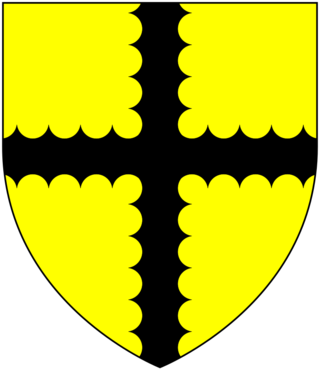
Sir Reginald Mohun, 1st Baronet of Boconnoc in Cornwall, was a prominent member of the gentry of Cornwall and an MP.

Sir Thomas Grenville II, K.B.,, lord of the manors of Stowe in Kilkhampton, Cornwall and Bideford, Devon, Sheriff of Cornwall in 1481 and 1486. During the Wars of the Roses, he was a Lancastrian supporter who had taken part in the conspiracy against Richard III, organised by the Duke of Buckingham. On the accession of King Henry VII (1485–1509) to the throne, Sir Thomas was appointed one of the Esquires of the Body to Henry VII. On 14 November 1501 upon the marriage of Prince Arthur to Katherine of Aragon, he was created a Knight of the Bath. He served on the Commission of the Peace for Devon from 1510 to his death in circa 1513.
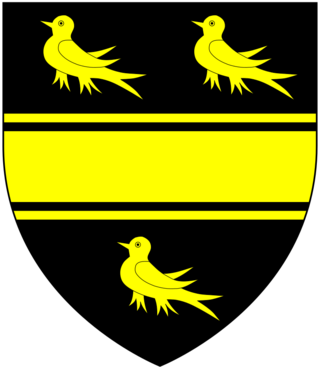
Sir George Smith of Madworthy-juxta-Exeter and Madford House, Exeter, Devon, was a merchant who served as MP for Exeter in 1604, was three times Mayor of Exeter and was Exeter's richest citizen, possessing 25 manors. He was the grandfather of George Monck, 1st Duke of Albemarle (1608-1670) KG and of John Grenville, 1st Earl of Bath (1628–1701).
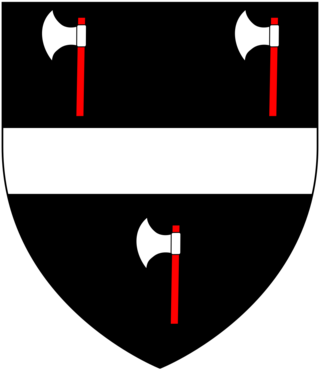
Sir William Wrey, 2nd Baronet of Trebeigh, St Ive, Cornwall and North Russell, Sourton, Devon, was MP for Liskeard, Cornwall in 1624.
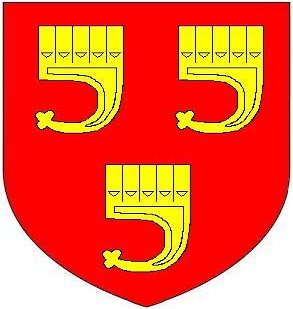
The manor of Bideford in North Devon was held by the Grenville family between the 12th and 18th centuries. The full descent is as follows:

Sir Chichester Wrey, 3rd Baronet (1628–1668) of Trebeigh in the parish of St Ive, Cornwall and of North Russell in the parish of Sourton, Devon, was an active Royalist during the Civil War and was Colonel of the Duke of York's Regiment and served as Governor of Sheerness.

Painsford is an historic estate in the parish of Ashprington in Devon.















